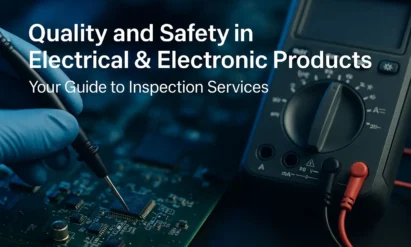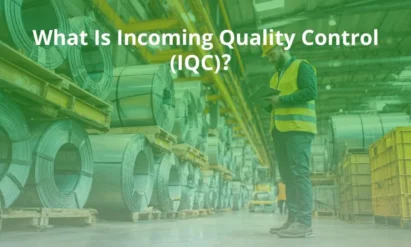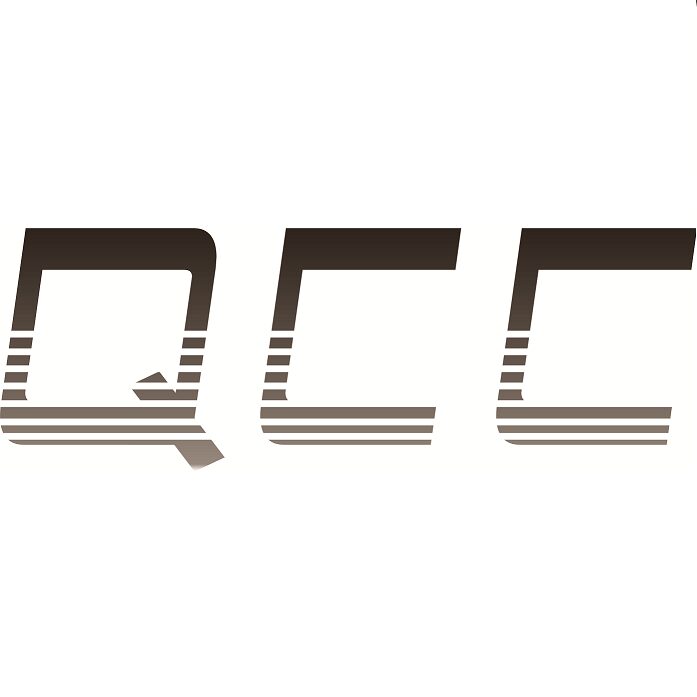Physical Audit & Supplier Surveys: A Comprehensive Guide
Aug 06,2025

You trust your global suppliers, but often lack visibility into their true operational performance. This is where physical audits and supplier surveys come in handy.
These two tools help bridge information gaps, allowing buyers to understand a supplier’s capabilities, compliance, and reliability even before the first shipment leaves the dock.
Although audits and surveys are often mentioned in the same breath, they are not the same. A physical audit is a physical, on-site assessment conducted by a trained inspector, while a supplier survey is a structured questionnaire that collects critical business and quality information remotely.
Used together, they provide both depth and breadth and form the cornerstone of responsible supply chain management.
Understanding Physical Audits
As the name suggests, a physical audit involves a physical visit to the factory to observe the actual conditions. This isn’t just about checking boxes; it’s about understanding how the factory operates, how it’s managed, and whether it’s meeting your expectations.
During a physical audit, inspectors assess the factory’s legal licensing, safety measures, production environment, quality processes, employee conditions, equipment maintenance, and more. This is a real-time, on-the-ground reality check, not just promises on paper.
This audit is especially important when working with a new supplier, entering a new product category, or when you lack recent knowledge of the factory’s conditions. It provides peace of mind and helps you identify red flags before they become costly problems.
Supplier Surveys: A Vital Tool for Quality Control
Unlike audits, supplier surveys don’t require on-site visits. Instead, they rely on structured questionnaires sent to suppliers to gather crucial background information. These surveys are fast, cost-effective, and scalable, making them ideal for supplier screening or when you’re dealing with multiple suppliers simultaneously.
A well-designed survey can provide in-depth insights into a supplier’s certifications, company structure, export history, customer reviews, production capabilities, quality systems, and even their willingness to improve. Not only can you gather facts, but you can also assess the supplier’s attitude and responsiveness.
For buyers who can’t visit all suppliers, supplier surveys can serve as an early screener. You can quickly eliminate suppliers that don’t meet basic requirements and focus your audit on those that pass the initial screening.
Key Aspects of Physical Audits and Supplier Surveys
Both tools work best when their scope is clear and their execution is targeted. On-site audits typically begin with a review of key documents, such as business licenses, export records, and quality manuals.
This is followed by a factory walkthrough, where inspectors observe production processes, examine raw materials and finished products, assess storage and packaging conditions, and communicate with on-site personnel.
All of this is documented through photos, checklists, and findings. The final result is a detailed audit report outlining the factory’s strengths, weaknesses, and whether it meets your compliance standards.
Supplier surveys, on the other hand, focus on structured data collection, typically conducted through digital tables or spreadsheets.
You need to ask questions that are easy to answer but specific enough to uncover risks. The key is understanding when to use each tool and how to make the results meaningful.
Importance of Physical Audits and Supplier Surveys
Audits and investigations are more than just formalities; they build true supply chain intelligence. Without them, you can only guess at your suppliers’ capabilities.
By auditing your suppliers, you can reduce the risk of fraud, misunderstandings, and production delays. You can also pressure suppliers to maintain standards, knowing someone is checking in.
Supplier investigations also make this work more scalable. They provide a broad perspective—especially useful when evaluating dozens or even hundreds of suppliers. Together, they build trust, accountability, and alignment—the foundation of a stable sourcing strategy.
Integrating Physical Audits and Supplier Surveys
So, how can you effectively combine these tools?
One common strategy is to use supplier surveys for initial vetting. Once you have the survey data, you can score or rank suppliers and then dispatch auditors to only those with high priority or high risk. This helps conserve budgets and focus resources on the most important areas.
Some companies even use both sets of data to create supplier performance dashboards—audit scores indicating compliance readiness and survey scores indicating organisational maturity or customer alignment. By integrating the two, you gain a more comprehensive, holistic view of your supplier base.
Conclusion
In global sourcing, what you don’t know can hurt you. But with the right tools—namely, on-site audits and supplier surveys, you can regain control. These aren’t just processes; they’re how you gain visibility and make informed, risk-based decisions.
Audits reveal the realities. Surveys provide scale and structure. Together, they create a robust supplier evaluation framework that helps you protect your brand, enhance product quality, and build stronger partnerships with trusted factories.
If you’re serious about quality, compliance, and long-term success in international trade, integrating audits and surveys into your sourcing strategy isn’t just recommended, it’s essential.
--- END ---
Products
Get A Free Quote
Related Blogs
QCC SAMPLE REPORT
For sample reports or custom checklists, please contact us – we're here to assist you.


 November 28,2025
November 28,2025

